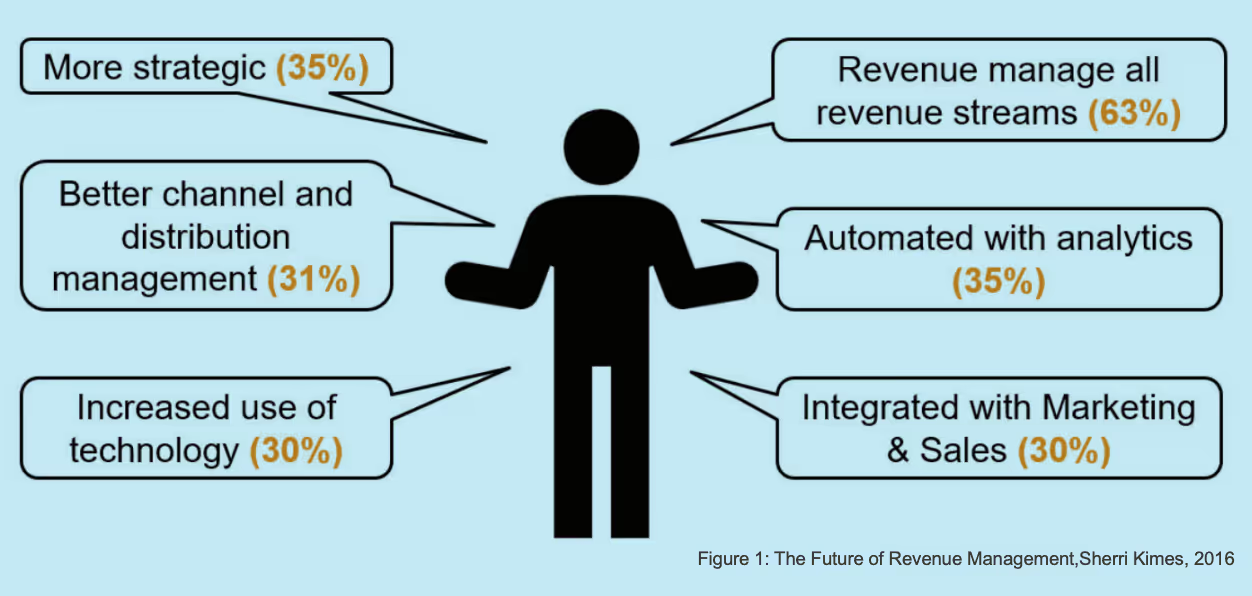
LIKE YOU (I HOPE), I was instantly reminded of that classic movie of the same name from 1985. If you haven’t seen it — and you really should — teenager Marty McFly goes back in time and accidentally disrupts the moment his parents meet. Obviously, if his parents never meet and fall in love, he doesn’t exist. Not only does he have to get back to his own time, but he must ensure he exists when he gets there! Spoiler alert (please still watch the movie): Marty gets his parents together, and he gets back to good old 1985. However, since he changed the way his parents met and fell in love, their future — and his — takes a slightly different path. It results in him finding his dream car, a gloss black 1985 Toyota SR5 Xtra Cab pickup, in his parents’ garage. Marty’s existential crisis resulted in an even better future than the path he was on originally. How can we achieve the same outcome?
Instead of time travel, we had a global pandemic. But we’re now faced with the same basic crisis as Marty. Our path to the future has been disrupted, and we now have to figure out how to get back. If we do it right, we can create an even better future for ourselves. But if we get it wrong, we might just fade out of existence.
Establishing a Vision
It’s been a while since we’ve gone through this exercise, and we’re all probably a bit rusty. So, ask yourself three questions:
- Does the vision we set for ourselves the last time we planned (2019/2020) still seem like where we want to go? Why or why not?
- Where are we today on the path to that vision?
- What’s happening in today’s environment that will help us or hold us back?
The answers will provide the information you need to adapt your vision, and, most importantly, get back on the path to achieving it. Of course, you’ll have your own vision and opportunities for your organization. But by way of demonstration, let’s review the revenue management discipline.
What Was Our Vision?
Back in 2019, revenue management was talking about being more strategic, more analytical, more integrated with sales and marketing, and more involved in managing beyond rooms revenue. We wanted our revenue managers to communicate more effectively, develop the business acumen to understand the market, and know which levers to pull to take advantage of opportunities.

In 2016, Sherri Kimes, then a professor of operations management at Cornell University, surveyed global revenue leaders about their vision for the future of revenue management. They largely identified the same themes (Figure 1).
Remember, a strategy or vision is meant to be long-term. This means that while you frequently review and adapt, you shouldn’t dramatically change course every time you do. I suspect most of you will largely still agree with your future visions, but I recognize that pandemic shock has set some of your organizations on a different path completely. Our current challenge is to understand how much the path to achieving our future has changed.
Where Are We Today on the Path to That Vision?
Revenue managers emerged as heroes of the pandemic disruption. Despite deep cuts to investment in people and technology, teams were creative in finding revenue opportunities amid pandemic restrictions and staffing shortages. They held rates, maintained momentum during return-to-travel demand surges, and are figuring
out the “new normal” for group and business travel patterns.
This is the good news. The bad news is that revenue management is still plagued by highly manual, non-value add tasks that distract revenue managers from revenue-generating activities. In a series of recent global surveys we conducted in partnership with the Hospitality Sales and Marketing Association International (HSMAI), we found that revenue managers spent less than half their time actually generating revenue.
Instead, they spent the majority of their time copying data and pasting it into spreadsheets, formatting reports, manually maintaining property management systems (PMS), central reservation systems (CRS) and revenue management systems (RMS), reformatting existing reports according to owners’ specifications, responding to the same questions from different stakeholders over and over, and re-forecasting and re-budgeting when owners and general managers (GMs) just aren’t happy with
the numbers.
In 2019, travel news site Skift reported that only 17% of hotels globally had a revenue management system (they didn’t report on whether the hotels effectively used the RMS, that’s a different story). Anecdotally, we believe RMS adoption has since increased, but the industry is still nowhere near full penetration. Even with systems, our survey results indicated that revenue managers still override frequently and are reluctant to let the system manage even routine dates.
Owners and GMs have seen the value of good revenue management from recent events. Pressure to be creative has accelerated business acumen and the path to revenue management beyond rooms. Commercial teams were forced to work more closely together, as they grew smaller and pressure increased. This has accelerated some of the vision. However, manual, tactical work prevents us from being more strategic, which will continue to hold the discipline back.
What Are Our Current Opportunities?
In 1955, Marty McFly relied on a thunderstorm and the Enchantment Under the Sea dance to get him back to his future. We have automation, a changing workforce, and artificial intelligence —all of which have emerged in recent years. Let’s see how these new opportunities could support a better future for revenue management.
Automation: Advances in technology and analytics have made automating even the most complex manual workflows possible. As businesses were forced to do more with less during and post-pandemic, adoption of robotic process automation (RPA) technologies accelerated. With RPA, bots take the place of human actions in a workflow (reentering data in fields, sending emails, checking accuracy). If you infuse advanced analytics or artificial intelligence into these processes, you can even replicate tasks that require routine human judgment, such as reading an email or tagging a photo). I guarantee you’ll find opportunities for automation in your revenue management organization (something we discussed in a prior article). It’s crucial, though, to be specific about what you want your people to do with the time savings. We always talk in revenue management about wanting to be more strategic, but we don’t always tell our teams what that means for their day-to-day activities.
Changing workforce: It’s easy to think of the changing workforce as a threat, and in some cases it is. However, it can also be an opportunity. There are two things to consider here. First, we need to think about what people should be doing. Even prior to the pandemic, our jobs weren’t considered especially desirable due to low pay, long hours, and manual work. Automating some of the less desirable work, and rethinking job descriptions with an emphasis on strategy and business acumen should help. Second, we need to reevaluate who does these jobs and how they’re done. The biggest opportunity in the changing workforce is access to an expanded talent pool, if you can be flexible. We should rethink required locations and hours, moving to remote and more flexible work. We should also redefine the type of background and experience we’re looking for in ideal candidates.
Artificial Intelligence (AI): The rise of GenAI was coincidental to the recent disruption, but it’s no less an opportunity (or threat), as we discussed in another recent article. Most importantly, business leaders have a critical role to play in bringing AI to their organizations. You don’t need to learn how to code these solutions, but you do need to know how to leverage them. As a leader, you know your business, and therefore, your data, best. You should help select the high-impact business pains and ensure developers account for any bias, missing values, or inaccuracies in your data. If applied properly, AI will make the difference in a brighter future. If not, it’s also the biggest threat to us fading out of existence.
What Could the Future Look Like?
Despite recent disruptions, we can put ourselves on a path to a better future. It’s time to start planning now. Review your strategy and understand where you are and what you’re working with today. If you don’t plan for success, just like Marty and his siblings, you could simply fade out of existence.
Critically, this exercise isn’t just about setting a future vision. It’s about planning how to get there. If we think critically about where we were in 2019 (hopefully for the last time), we had a good vision for the future, but no path to get there. Make sure you truly are planning, not just evisioning. Affirm your future vision but focus most on how you’ll capitalize on today’s opportunities to ensure you’ll end up with your own gloss black 1985 Toyota SR5 Xtra Cab pickup in your better future.
















